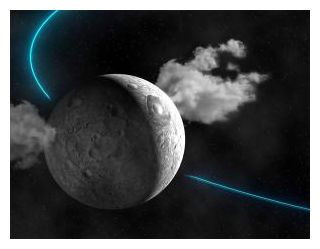
© Henrik Sorensen/Getty Images
It's common knowledge that some animals can detect and use Earth's magnetic field, but now Italian researchers have identified a possible mechanism by which plants might react to it as well.
The researchers even ponder the possibility that surges of plant evolution in Earth's history -- especially the appearance and spread of flowering plants -- might match times when the Earth's flip-flopping magnetic poles were like that of today.
"Compared to studies in animals, very little is known about magneto-reception in plants, although early studies on plants were initiated more than 70 years ago," explains the University of Turin's Andrea Occhipinti and colleagues in a paper in the January issue of the journal
Trends in Plant Science.There have been studies that suggest that plants do, indeed, respond to both strong and weak magnetic fields, but the experiments have been hard to duplicate, leaving a lot of questions still unanswered, the researchers wrote.
In birds the trick to detecting magnetic fields is the existence of a blue-light receptor protein, called a cryptochrome, in the birds' eyes. Cryptochromes are thought to be activated by light, and then they become sensitive to a magnetic field.
Oddly enough, the same protein has been found in plants, where, theoretically, they might also enable plants to react to magnetic fields. The big question, of course, is what use would a plant have for this extra ability? After all, plants don't migrate.

Comment: Back in 2004 another team of scientists came to this conclusion and gave even more information: